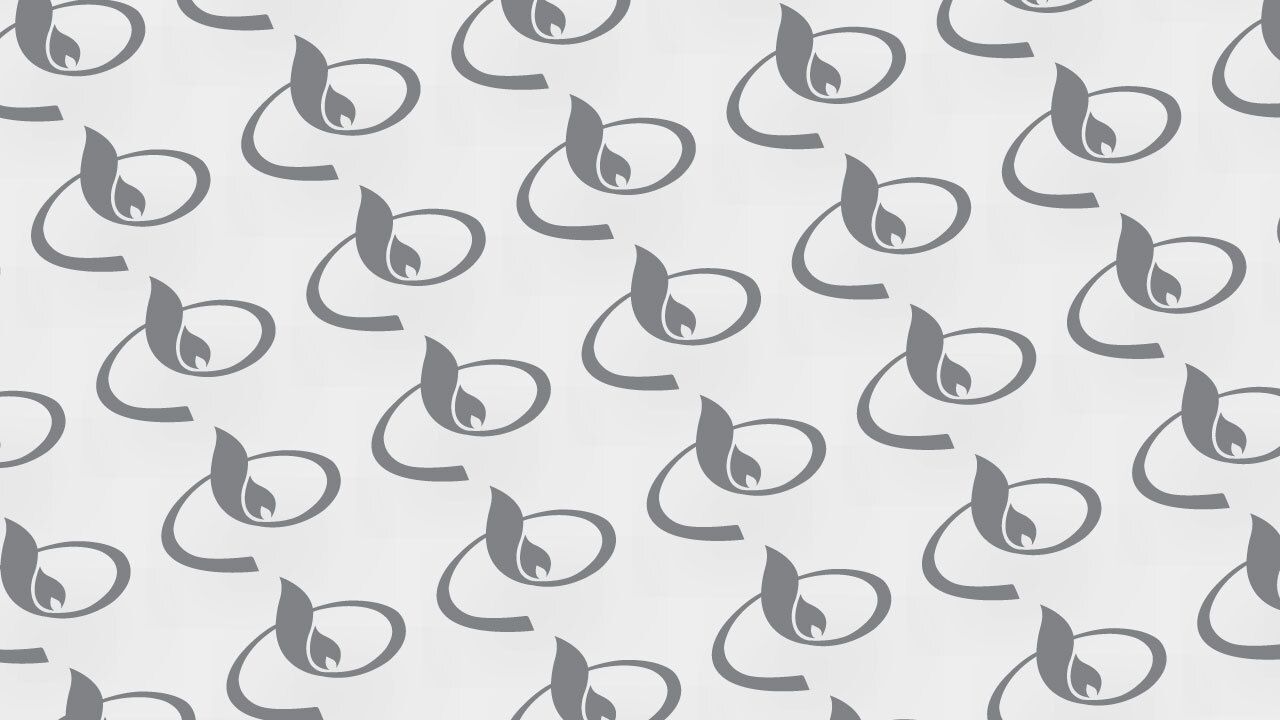6 Pillars of Lifestyle Medicine: Part 2

When a patient has an acute medical problem, the physician assesses, examines, and treats the patient based on history, signs, symptoms, labs, and other test results. Often medications, procedures, and even surgeries are required to help the patient. But with chronic conditions, the situation is different. Lifestyle changes are often the key for a successful treatment plan, especially for diabetes, high blood pressure, metabolic syndrome, heart disease and obesity.
“Escalating doses of medication and multiple procedures will not fix a poor diet, insufficient sleep, or lack of exercise,” says Beth Frates, MD, FACLM, DipABLM, Clinical Assistant Professor, Harvard Medical School, Lifestyle Medicine Specialist and President Elect of the American College of Lifestyle Medicine. “And these unhealthy lifestyle behaviors are at the root of the chronic conditions that are killing Americans.”
Despite this, Lifestyle Medicine and its six pillars (exercise, nutrition, stress, sleep, social connections, substance use modification/elimination) aren’t part of the core curriculum in medical schools. Most physicians need to take CME courses to learn about it and how to counsel on its pillars.
Pillar 4: Sleep
Adults ideally should get seven to nine hours of sleep each night, according to the National Sleep Foundation.
Not only that but being sleep deprivation impacts your reaction time. An Australian study found being awake for 18 hours was equal to a blood alcohol level of 0.05, and 24 hours was equal to 0.10.
A half hour nap before 3:00 p.m. can be healthy, and it shouldn’t disrupt sleep. But the best way for busy physicians to get superior quality sleep? “Make your bedroom like a cave,” advises Dr. Frates.
It should be:
-
-
- Quiet
- Cool (60-70 degrees because a drop in core temperature is a signal for sleep)
- Dark
-
Caffeine also affects sleep. Caffeine has the opposite effect as adenosine, and it binds to the same receptor. As adenosine builds up over the day, it’s a signal for sleep. Drinking coffee blocks adenosine from binding to its receptor.
Caffeine also revs up cell activity and causes the adrenal glands to produce adrenaline. The best time to consume caffeine is in the morning because it has a half-life of four to six hours. The recommendation is to drink one to two cups, before 10:00 a.m., and no later than noon.
Pillar 5: Social connections/relationships
Maslow’s Hierarchy of Needs is a motivational theory in psychology comprising a five-tier model of human needs. From the bottom of the pyramid to the top, the needs are: basic (food and shelter), safety, love, and belonging.
Research shows that when there’s a low quantity and quality of social ties in people’s lives, it’s associated with the development and progression of cardiovascular disease, recurrent heart attack, atherosclerosis, high blood pressure, cancer, delayed cancer recovery, and slower wound healing.
“We’ve known about social isolation and its negative impact on the body for many years,” said Dr. Frates. “But the pandemic underscored it.”
A landmark 1979 study revealed that people with more close social connections are less likely to die. The study looked at men and women in different age groups, the number of connections they had, and the percentage that died from all-causes. The people with the least connection were more likely to die in each age group and gender over the 9 year study.
So, there’s a real emphasis on trying to cultivate high-quality connections and this has been hard during the pandemic. “We can do that using Facetime, Skype, and Zoom,” says Dr. Frates. “We want to have high-quality connections where we can express emotions – both positive and negative – and feel safe in doing it.”
Pillar 6: Substance use
During the height of the pandemic, patients and clinicians started consuming more alcohol and using more substances.
For alcohol, the American Heart Association’s (AHA) recommendation is two drinks for men, one drink for women in a 24-hour period. A drink is 12 oz of beer, 5 oz of wine, or 1.5 oz of distilled spirits. Both the AHA and the Centers for Disease Control and Prevention (CDC) recommend that nondrinkers not start.
For smoking, the obvious recommendation is to quit and don’t start.
Living the six pillars
For busy physicians, making minor changes that don’t add time to their day is key to incorporating the pillars. For example, use a bicycle or treadmill workstation while completing notes, answering emails, or participating in Zoom meetings.
As for nutrition, plan ahead. Use the weekend to grocery shop and stock the kitchen with healthy whole foods. Batch cooking on weekends is also helpful because you end up with prepared lunches for work and weekday dinners.
To help reduce stress, hold walking meetings, and practice deep breathing.
“When physicians walk the talk, they are believable and motivating,” says Dr. Frates. “Decades of research reveals that physicians counsel on the behaviors they practice themselves. They don't need to be in great shape or even a healthy weight, but they do need to be working on their lifestyle behaviors and striving to meet the guidelines for their own sakes and the health of their patients.”
Missed Part 1? Read it here
